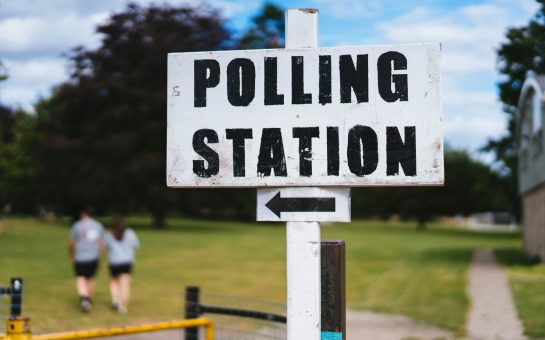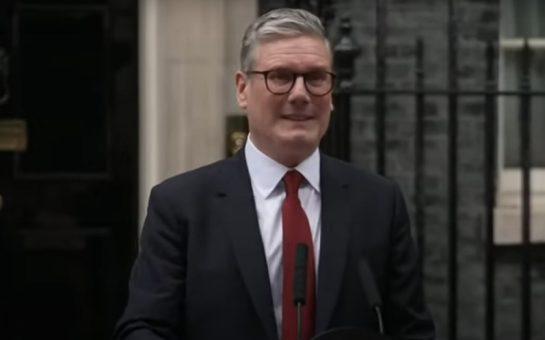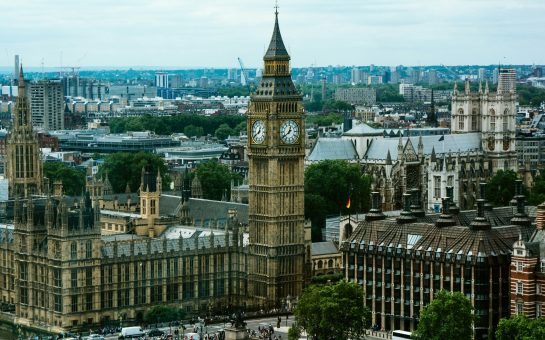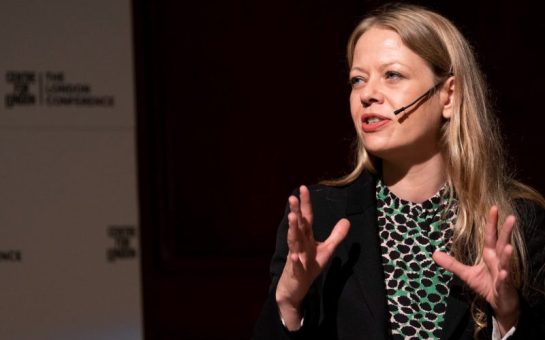London is set for the most competitive council elections in generations next year, with opposition parties targeting Labour strongholds where voter turnout has plummeted.
Voting has dropped consistently across London, with a smaller share of people casting a ballot in the 2022 local elections than in 2018 in 31 of the 32 boroughs.
In several boroughs, fewer than a third of voters went to the polls in 2022, and with less than six months to go until the next council elections, voter turnout will be a key measure of confidence in the political system.
Pollster Chris Annous, from the think tank More in Common, said: “We can see that low trust and disenfranchisement in the system is driving low turnout.
“People have just lost confidence in politicians to do anything to improve their lives. For many people they are just giving up now.
Areas where polling is the lowest have tended to see large numbers of Labour councillors elected, compared to areas of higher turnout where the vote gets spread around the parties.
According to Annous, demographic factors play a part in determining who votes and who does not.
He said: “We see people on low incomes voting less, we see renters voting less which is a big factor with people moving every one or two years who don’t feel they have a stake in the community.
“The people who have the most confidence in the system, are unsurprisingly, the ones doing the best.”

But it is those boroughs with the lowest turnout rates that are likely to see the biggest battle in the council elections of 2026.
In Barking and Dagenham, the borough with the lowest voter turnout, it is Reform UK that are looking to unseat the Labour council.
Ben Suter is the campaigns manager for Reform UK in Barking and Dagenham, he said: “We are hoping we can make big gains in areas where the electorate has been turned off.
“A lot of the low turnout can be attributed to white British voters who don’t have trust in the system and have seen how their community has changed a lot in the last 20 years.
“They may have voted once or twice and felt that nothing has changed, so they are the people that are inclined to vote for Reform.”
Annous agreed pointing to data from polling and from local elections in other parts of the country earlier this year. He said: “Reform voters are the most motivated to vote, but they are motivated to vote because they are the angriest about the current state of the country.
“They want to do whatever it takes to get rid of Labour because they are really, really, disenfranchised and disillusioned with Labour.”
Labour councillors will also face a challenge from the left of the political spectrum next year.
Councillor Martin Abrams was elected as a Labour candidate in Lambeth, the borough with the fourth lowest turnout in 2022, before defecting to the Green Party.
He said: “If you’ve got such a strong grip on power, driving higher voter turnout will not always deliver the votes towards your party, so I think there was a degree of wanting to maintain the status quo as much as possible.
“I think Lambeth Labour are going to get a huge shock next year.
“There has been massive complacency by this council, and other Labour councils with huge majorities, and I predict a pretty seismic shift in 2026.”
In Brent, the borough with the third lowest turnout, it is the Liberal Democrats who are the opposition party making the running in the fight for Labour votes.
Liberal Democrat Councillor Charlie Clinton hopes to turn disillusionment with the Labour run council into votes but thinks it will be hard to predict which party will benefit most.
He said: “The prevailing feeling for a lot of residents in Brent is that they are just ignored by the council, so they don’t really see a value or a benefit with engaging with the process.”
“They just feel like they are not getting anything out of it. They see the rubbish on the street, they see increasing anti-social behaviour.
“Where there are parties actively engaging people, then turnout goes up.
“It’s going to be a little bit of a lottery. Our voting system is not set up for three, four, or five way races, so people will be getting elected on very low vote shares.”
In Barking and Dagenham Suter feels that Reform UK’s campaigning will help drive up turnout, and give them a shot at toppling Labour.
He said: “I am really hopeful that turnout will be higher because all political parties have short-changed Barking and Dagenham when it comes to effort, and campaigning, and candidates, and this time I know it won’t happen on our side, so I think turnout will definiteily be higher next year.”
And for Cllr Abrams and the Greens they sense a real chance to take control of the council.
He said: “The Green party in Lambeth is aiming to win the 2026 election.
“You have to articulate that ambition to motivate people to get out and vote, because all the conversations we are having on the doorsteps are that Labour locally and nationally are not fulfilling their promises.”
For polling experts like Annous, the fragmenting vote share in London means it is hard to make predictions on which parties will do best next year, but he does predict change in the capital’s political balance.
He said: “This is going to be the most competitive set of London elections we have seen for a very long time.
“It’s just going to be complete carnage, and I think we are going to have a truly five party system in London.”
Featured image credit: Steve Houghton-Burnett on Unsplash





Join the discussion